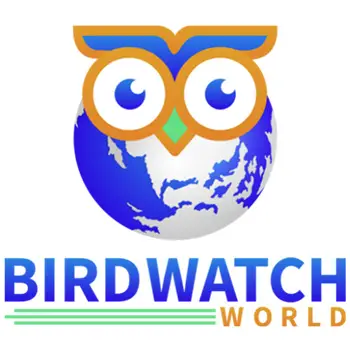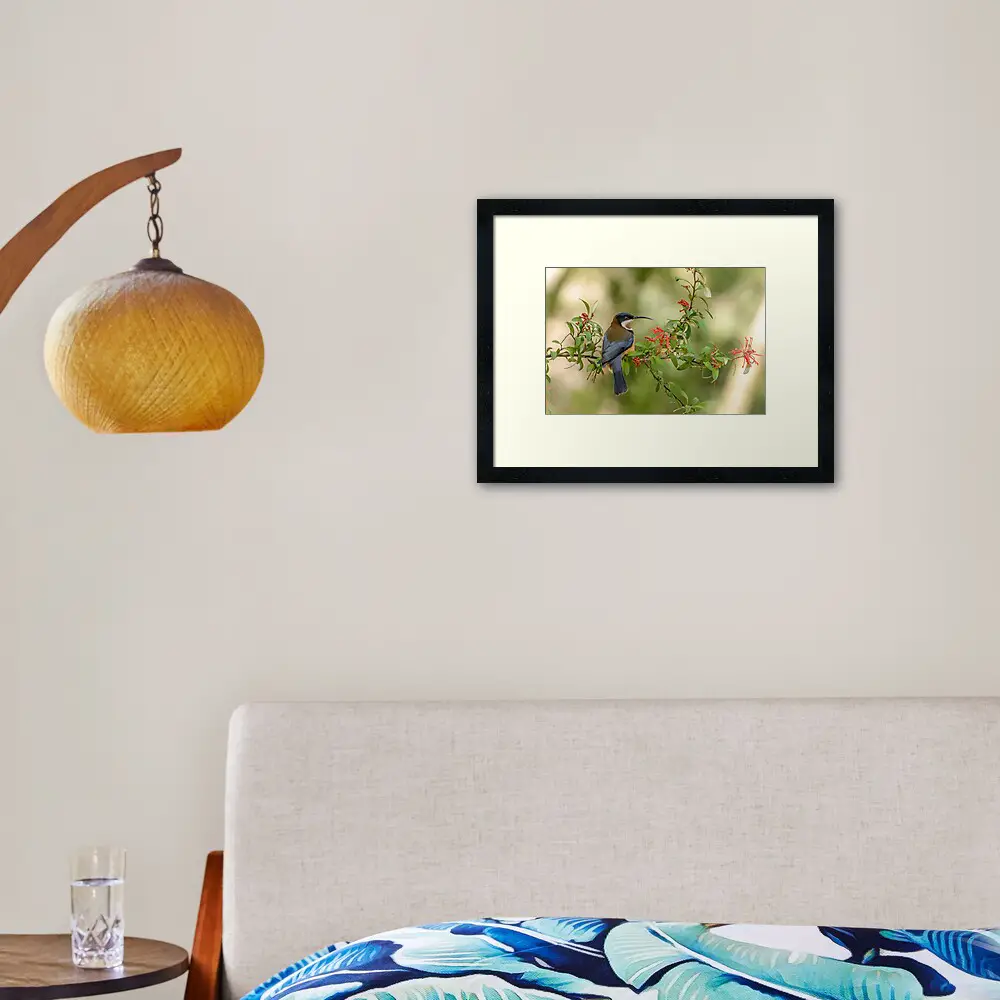Any decent camera will allow you to choose between shooting RAW or JPEG images. These are two different ways in which the camera stores the data gathered when taking a photo. However, which one of these formats will give you the best result for bird photography?
RAW is a better format for bird photography than JPEG. This is because RAW files store more tonal and color data than JPEG files. This extra data gives the photographer more scope when editing images. Which format you choose will depend on a number of factors, including your skills as a photographer.
Continue reading this article to learn more about the differences between RAW and JPEG files. We’ll also look at the advantages and disadvantages of both formats to help you make a decision about which is right for you.
As an Amazon Associate, I earn from qualifying purchases. Birdwatch World earns commissions from Amazon and similar affiliate programs from any purchases made via links in this article.

The Difference Between RAW and JPEG
I already mentioned that RAW files contain more tonal and color data than JPEGs. There is however a bit more to it than that so let’s discuss the differences between the two file formats.
If you have spent some time in the menu system of your camera, you might have noticed an option where you can choose the file format. This option allows you to set the type of images that your camera will store on the SD card.
The difference between the two file types is compression. JPEG files are designed to yield smaller file sizes so they don’t take up as much space in your SD card.
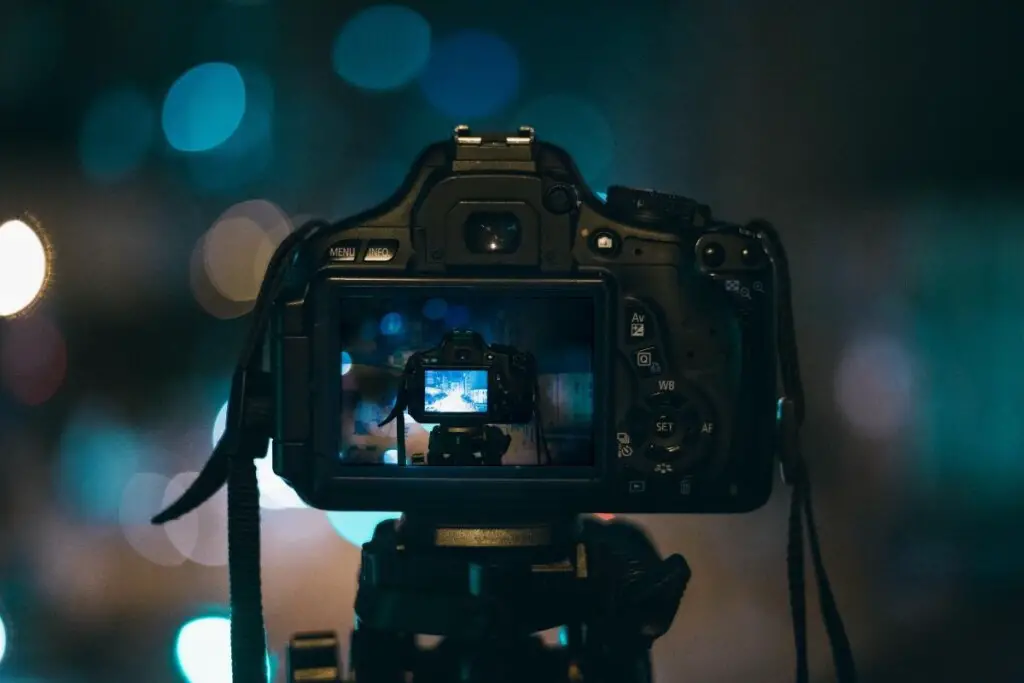
When your camera captures a photo it records a whole bunch of raw data. It doesn’t just capture light but also camera information such as white balance, brightness, tonal information, color information, etc.
When you select to shoot RAW files in your camera menu, your camera will record all the information it captures into each and every file (photo). This naturally produces a much larger file size, taking up more space on your SD cards and ultimately, your computer.
If you choose JPEG, on the other hand, your camera will compress each file so that it still looks ok but takes up less space on the SD card. The camera essentially “develops” the image; making adjustments to brightness, contrast, color saturation, and even sharpening.
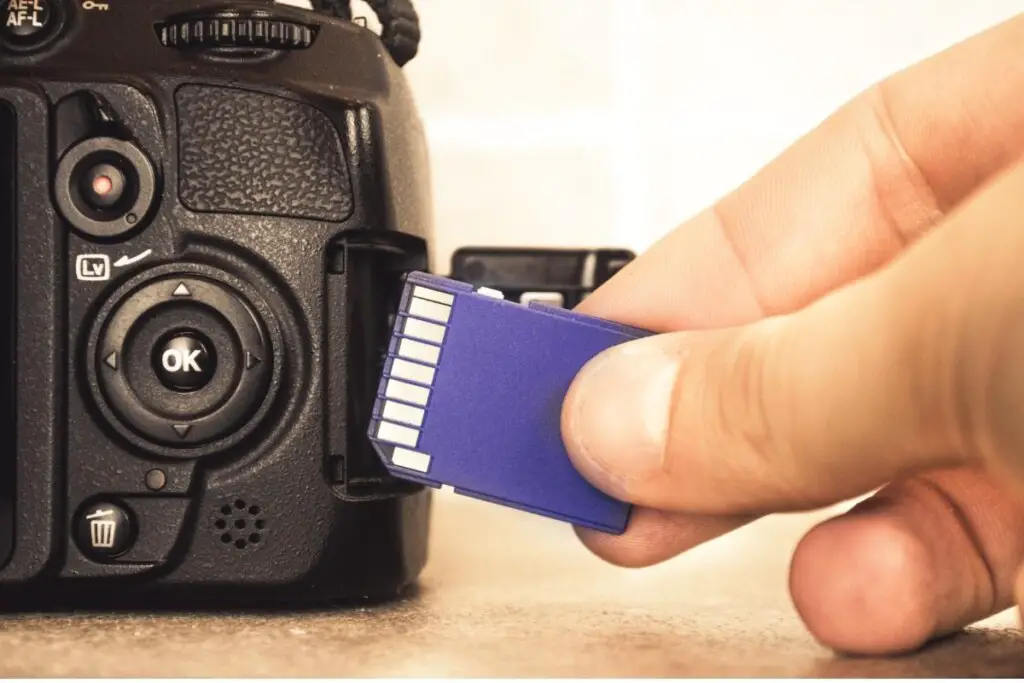
You can still edit a JPEG later on in Lightroom, Photoshop, or any other photo editing software but you won’t have as much scope when doing so. To make the file size smaller, your camera “throws away” a lot of data relating to tone and color.
As RAW files retain all of the data, you have a lot more control over what you can do with them. Perhaps the best advantage to editing these files is the control you have over the exposure.
If you have over or underexposed your photo, in most cases, you can bring back detail in the highlights or shadows in a RAW file. This cannot be done to the same extent with a JPEG file.
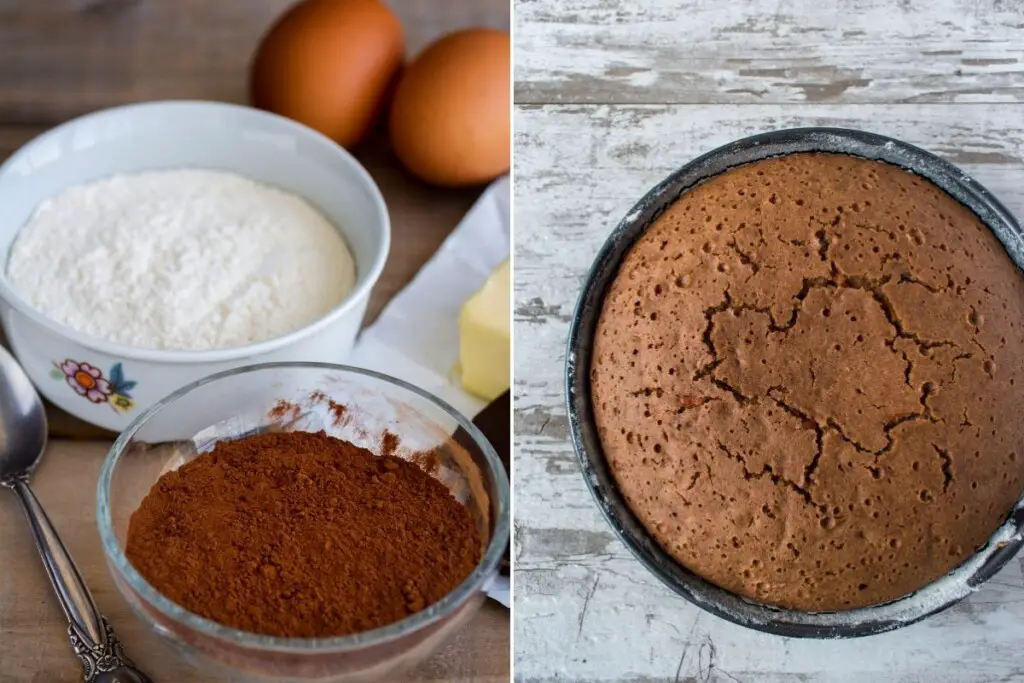
Think of a RAW image like an unbaked cake, it contains all the ingredients you need to put together the cake however you want to. A JPEG, on the other hand, is already baked but you get to put the icing on top to give it that final flare.
Discover the best shutter speed for bird photography in this article here on my blog.
RAW vs JPEG Comparison
The table below gives you a quick at-a-glance view of the pros and cons of each file type.
| RAW | JPEG | |
| Small file size | ||
| Large file size | ||
| Looks good right out of the camera | ||
| Compressed | ||
| Processed in-camera | ||
| Fully editable | ||
| Lost highlight detail can be recovered in editing | ||
| Lost shadow detail can be recovered in editing | ||
| White balance can be set in editing | ||
| Respond better to noise reduction in editing |
As you can see above, there are many more advantages to RAW files. So does this mean that they are the best file type for every photographer? No, not exactly and I’ll discuss that a bit later in the article.
First, let’s look at some sample images taken using each file type.
Image Comparisons
I took some sample images so that you can see the difference between these file types.
All of these images are straight out of the camera, they have not been edited in any way. They were all taken with a Nikon D5200 and an 18-55mm lens. Each photo was also taken with the same camera settings and the camera was on a tripod.
Users of Google Drive can see the images in this folder I’ve created. If you do not use Google Drive, watch the comparison in the video below:
Advantages And Disadvantages When Editing RAW Or JPEG
If you looked over the table above, you will have noticed that there are certain advantages to shooting RAW when it comes to post-processing.
Because RAW files retain all the information the camera captures, they give you much more scope when it comes to editing.
Watch the video below to see how easy it is to rescue an over or underexposed image in Photoshop. And this is just one of the benefits of using these types of files:
Try Topaz DeNoise AI for 30 days for free.
You can see from the above footage that RAW files act as a safety net, allowing you to make mistakes in-camera and yet still rescue the images afterward. And it’s not just exposure that you can correct; you can also change white balance, choose from multiple camera profiles, and more…
Should You Use RAW or JPEG For Bird Photography?
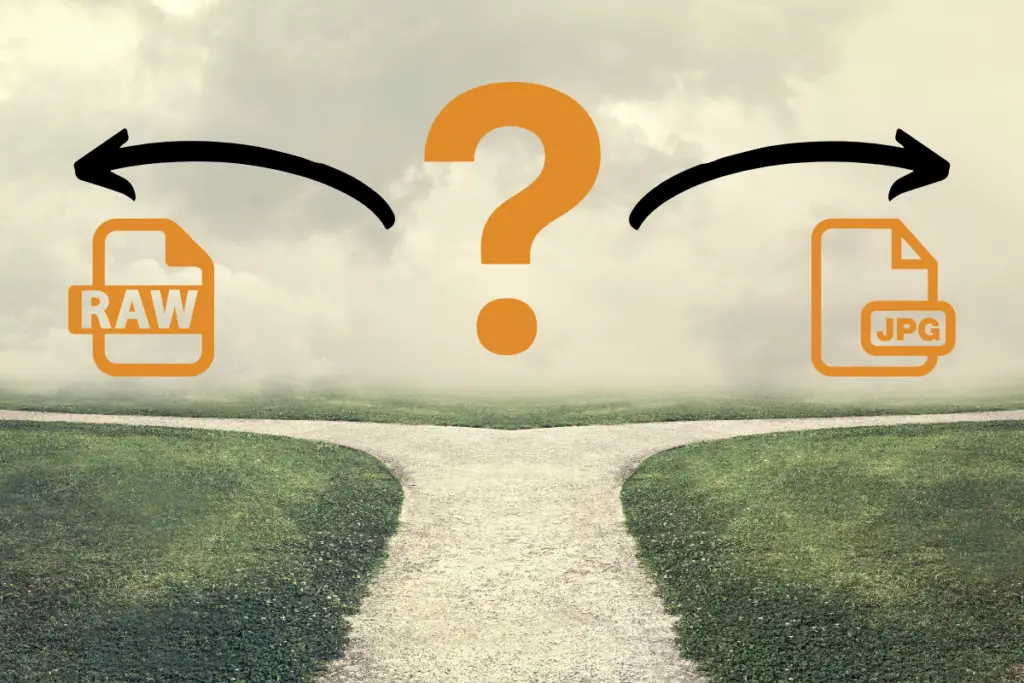
It’s decision time…
After reading the information covered so far in this article, you may still be a bit confused. Which file type should you use? I’m going to make that decision a little easier for you.
Before you decide to jump into your camera’s menu and change the file format, you need to consider a few factors. What you intend to do with your bird photos or your skills as a photographer are just a couple of things that are going to affect the choice here.
The table below should help you decide which file format you to choose based on what type of bird photographer you are. These are simply guidelines:
| RAW | JPEG | |
| Beginner Bird Photographer | ||
| Taking bird photos just for fun | ||
| Not interested in editing photos | ||
| Learning to edit bird photos | ||
| Printing bird photos | ||
| Trying to save space on the hard drive | ||
| Serious bird photographer | ||
| Taking bird photos for stock photography | ||
| Taking bird photos to share on Social Media |
You will have noticed that there are a couple of situations where I have ticked both boxes. Don’t be confused, I am going to explain my choices below.
Discover the key gear and settings for bird photography in this article here on our blog.
Beginner Bird Photographer
If you are just starting out with your bird photography, the file format you use is just one more thing you don’t need to worry about. You already have enough to deal with trying to learn all the settings and techniques. Just choose JPEG.
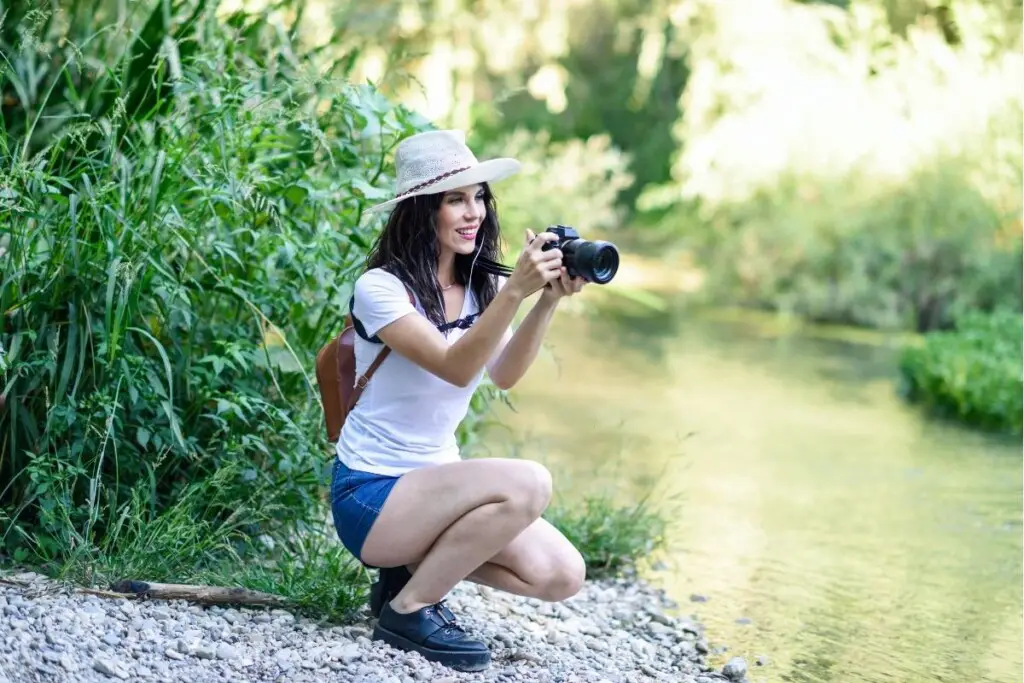
Taking Bird Photos Just For Fun
Are you just kicking about taking bird photos for the fun of it? If so, you really have no need for RAW files, save yourself some space on those hard drives, and just set your camera to JPEG.
Not Interested In Editing Photos
You might be the type of person who simply has no interest in editing your photos at all. If you are happy to just snap off images and enjoy how they look right out of the camera, then you have no need for RAW files. Choose JPEG.
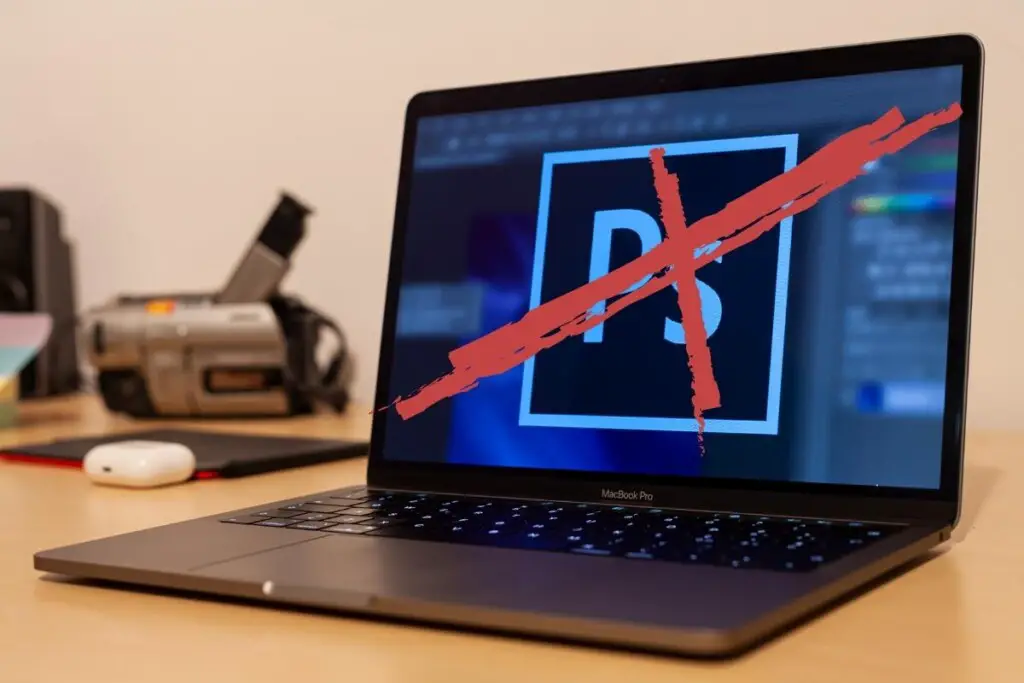
Learning To Edit Bird Photos
Even though you may be just dipping your toes into editing your bird photos, I suggest shooting RAW. You are going to want to use this format eventually so you might as well get started right away. Set that camera to RAW and enjoy the freedom of editing a RAW file.
Printing Bird Photos
If you are printing your photos, whether it is regular prints, canvas prints, or whatever; editing is very important. In this case, you will get benefits from shooting RAW files so that you have more scope when editing.
That being said, if you are a really skilled photographer whose images look great right out of the camera, then stick with JPEG.
Trying To Save Space On The Hard Drive
This is a no-brainer. If you want to save space on those hard drives, the only choice that makes sense is JPEG. RAW files fill up hard drives very fast (trust me, I have about 6 currently!) so set your camera to the size of JPEG you think will be most space-saving for your needs.
Serious Bird Photographer
If you are serious about your bird photography and dedicated to becoming the best photographer you can be; RAW is the only choice. In the age of digital photography, editing is just as important, if not more important, than taking the photos themselves.
The elbowroom that RAW files give you in editing is unmatched. You will want to be shooting RAW.
Taking Bird Photos For Stock Photography
Learn 8 simple ways you can sell photos of birds for extra cash in this post.
This kind of relates to the above paragraphs but if you are shooting bird photos and uploading them to stock websites; RAW will be your best format.
This is especially relevant if you are really into editing and like to Photoshop the heck out of your images to create fantasy composites or digital art.

Taking Bird Photos To Share On Social Media
This is another situation where I am suggesting you can use either format. Which you choose will depend on your level of skill as a photographer and photo editor. It will also depend on whether you are sharing your photos just for fun or you are trying to build a business around your bird photography.
Use your own discretion when picking a file format in this case.
Conclusion
I hope that you have found this article helpful. Remember that all suggestions in this post are my opinion and you should feel free to exercise your own judgment.
The debate over RAW vs JPEG has been raging since digital photography began; I suggest you don’t get caught up in it. Simply choose the image format that works for you and your needs and be happy with it. As you have seen in this article, each file format has its own merits.
References
- When to use raw vs. JPEG – adobe.com
